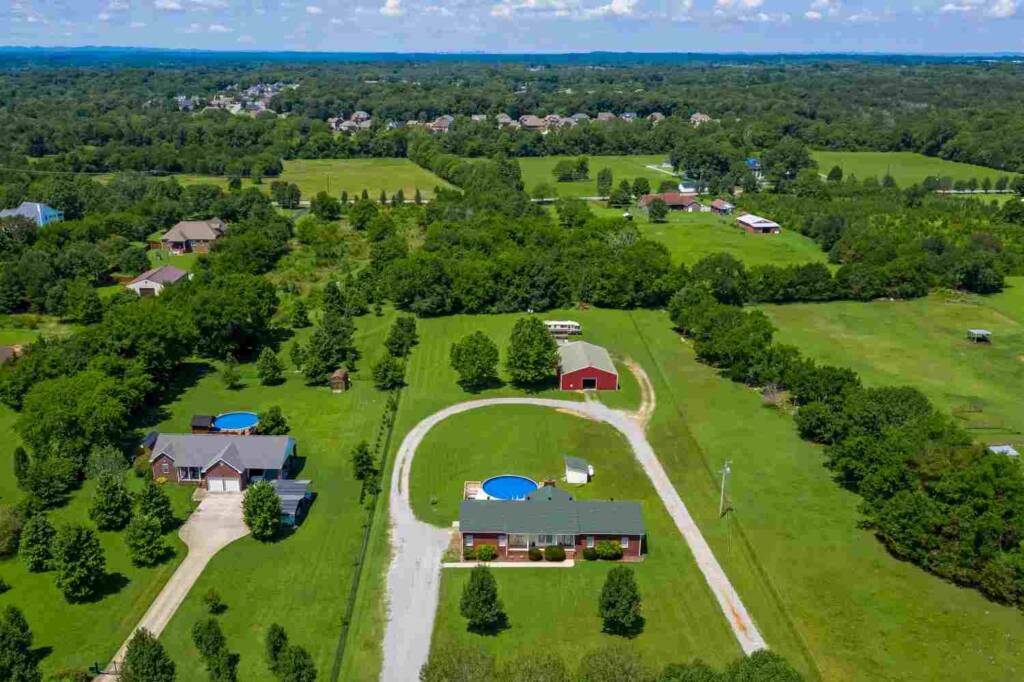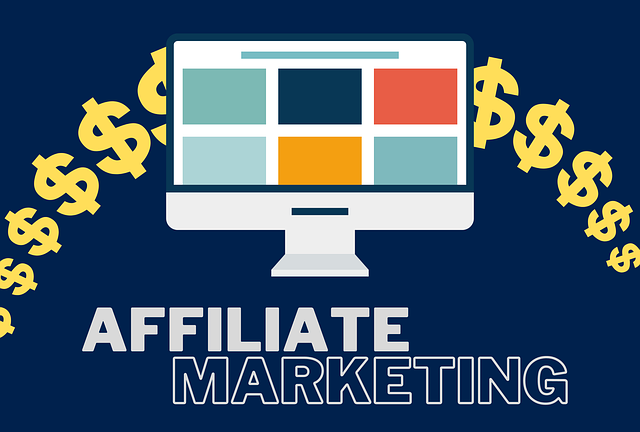You can monetize your passion for visuals and earn passive income with real estate photography and videography. 87% of buyers need high-quality property images before making a buying decision.
High-quality photos and videos can dramatically boost a property’s online presence, leading to faster sales and higher asking prices. For photographers and videographers, this translates to a steady stream of clients.
In this blog, I will show you how to earn passive income with real estate photography and videography. We’ll explore strategies, the effort involved, and the potential rewards.
You should subscribe to our email list for exclusive real estate photography and videography guides.
The Power of Passive Income
The allure of passive income is undeniable. Imagine earning money while you sleep, travel, or pursue other passions. With so many things going on in everyone’s lives, passive income streams are becoming necessary.
In real estate photography and videography, passive income allows you to leverage your content for ongoing financial gain. This frees up your time to focus on new creative projects, refine your skills, or enjoy more leisure time.
Strategies for Passive Income with Real Estate Visuals
1. Stock photography and videography platforms

The most established method involves selling real estate visuals on stock photography and videography platforms. The most reliable platforms are Adobe Stock, Shutterstock, and Getty Images.
These platforms boast millions of potential buyers, including real estate agents, designers, and marketing professionals. As real estate websites continue to grow, demand for high-quality photos and videos is inevitable.
On your end, to earn passive income with real estate photography and videography, you should focus on building a high-quality library of real estate visuals. In addition, once you create an account on these platforms, you should consider keyword optimization. Additionally, you should ensure your content adheres to each platform’s licensing terms.
It’s important to note that your earnings on these platforms depend on several factors, including image/video quality, licensing type, and platform royalty structure. For instance, a photo seller in iStock says they still earn from a photo they captured five years ago.
Royalty rates can range from a few cents to several dollars per download. The key is to build a substantial library and maintain consistent uploads.
In addition, remember that high-quality photos draw clients to your library. Therefore, you should invest in high-quality equipment to reap the best earnings.
The global stock photography market is expected to grow by 9.4% annually from 2022 to 2027. This data highlights the vast potential for earning passive income.
2. Real estate photo and video licensing

This strategy allows you to license your real estate visuals directly to agents or agencies for a one-time fee. You can offer various packages, including high-resolution photos, virtual tours, and drone footage.
However, to earn through this strategy, you should build relationships with real estate professionals in your area. Additionally, you will also need to create marketing materials showcasing your work and competitive pricing packages.
Licensing fees can vary depending on the type and number of visuals included in the package. Typically, fees range from $50 to $200 per property.
There is no limit to how many real estate agents you can license to use your photos and videos. This means you can earn more than once from one package.
With 99% of homebuyers searching for properties on the internet, real estate agents need high-quality visuals. This means you’ve got ready customers if you package high-quality photos and videos.
3. Create online courses or tutorials

You can earn passive income with real estate photography and videography by sharing your expertise.
In 2020, the year of COVID-19, online learning grew at a robust speed due to lockdowns worldwide. However, online learning has now become a blessing in disguise since anyone can learn from anywhere in the world and access world-class certifications.
This shows that creating online courses or tutorials focused on real estate photography or videography is a great starting point to earn passive income. There are platforms like Udemy, Skillshare, Thinkific, Coursehero, or Teachable that offer avenues to monetize your knowledge.
However, you need a significant upfront effort in course development, filming, and editing. But once you create it, the course can generate passive income for years.
Your earnings as a real estate visuals tutor depend on platform fees, pricing structure, and course popularity. If your course becomes popular, you can generate thousands of dollars in passive income.
The revenue from online learning is expected to reach $185.2 billion in 2024. Furthermore, it’s expected to grow annually by 8.56% from 2024 through 2029.
4. Affiliate marketing

As a real estate photographer, you can partner with real estate-related companies like camera equipment manufacturers, editing software providers, or virtual staging services.
Here, you can promote their products or services within your existing content, such as your website, YouTube channel, or social media platforms. After a buyer uses your tracked link to complete a transaction, you will earn commissions.
However, you should start by building relationships with relevant companies to earn as an affiliate marketer. You must also create compelling content that organically promotes their products or services.
The commissions you earn vary depending on the company and the product you are promoting. However, affiliate marketing is a lucrative way to earn passive income with real estate photography and videography.
The affiliate marketing industry is worth over $17 billion and is expected to grow to $27.78 billion by 2027. Furthermore, 81% of brands use affiliate marketing to boost product awareness and sales, which shows that there is great earning potential in affiliate marketing.
Building a Sustainable Passive Income with Real Estate Photography and Videography

You can build a passive income stream with real estate photography and videography. However, making it sustainable is what will earn you money in the long term.
- Consider high-quality photography and videography
Quality reigns supreme in any marketplace. Your real estate visuals must be exceptional to stand out from the crowd, whether on stock platforms, in your licensing portfolio, or within your online courses.
A study shows 61.29% of sellers believe high-quality photography is critical in property listings.
Therefore, you should invest in high-quality equipment, hone your photography and videography skills, and master post-production techniques.
- Consistency is key
Consistency is crucial for success. As Denzel Washington says,’ without commitment, you’ll never start, but more importantly, without consistency, you’ll never finish.’
Therefore, you should regularly upload new content to stock platforms, and maintain consistent communication with potential licensing clients. Moreover, you should keep your online courses updated with industry trends.
- Building an audience
Regardless of the strategy you choose to earn passive income with real estate photography and videography, building an audience is vital. This involves creating a professional website that showcases your work and maintaining active social media profiles.
Consider starting a blog where you share insights and tips about real estate photography and videography.
- SEO optimization
Optimize content for search engines using relevant keywords for your website and online courses. This will increase your visibility to potential clients searching for real estate photography, videography services, or educational resources.
- Embrace the legal side
To ensure you own your visuals, you should understand the legalities surrounding licensing agreements and copyright protection for them. This may involve consulting with a lawyer specializing in intellectual property.
The Time Investment: Balancing Passive and Active Income

It’s important to understand that passive income doesn’t mean zero effort. It mostly needs a lot of effort at the beginning and less effort as time passes.
You need time and money to build a reliable passive income stream in real estate photography and videography. You also need an active income stream to keep you going as passive income can take months or years before they can pay your bills.
Building a high-quality library of real estate visuals, creating online courses, or developing marketing materials all require upfront work. In addition, for ongoing success, you must maintain your stock portfolio with fresh uploads, respond to licensing inquiries, and update online courses.
You can combine passive income strategies with active client work to create a hybrid income stream that provides financial stability and creative fulfilment. You can work actively while benefiting from the ongoing passive income generated by your existing content and resources.
Passive Income with Real Estate Photography and Videography: The Bottom Line
Real estate photography and videography offer exciting possibilities for building passive income. The strategies in this blog can help you create a reliable passive income stream for your passion for real estate visuals.
However, focusing on quality and consistency, and strategically investing your time, you can transform your skills into money. Remember, the journey to passive income success starts with that first step.
Subscribe to our newsletter to receive tips and ideas on real estate photography and videography. We also offer affordable drone coverage services. Contact us today.
Passive Income with Real Estate Photography and Videography: FAQs
- How much money can I realistically earn with passive income strategies?
There’s no guaranteed income with passive income streams. Earnings depend on various factors like the chosen strategy, quality of work, audience size, and market competitiveness.
However, with dedication and consistent effort, you can build passive income streams that generate a significant income over time.
- How much time does it take to build a successful passive income stream?
The time frame varies depending on the strategy and your level of effort. For instance, building a stock library or creating online courses requires upfront work, but the benefits compound over time.
- Which stock platforms are best for real estate visuals?
Popular platforms include Adobe Stock, Shutterstock, Getty Images, and Alamy. Each platform has its own submission guidelines and royalty structure. Research and choose platforms that cater to your specific style and content.
- How can I find real estate agents interested in licensing my work?
You can network with local agents and brokers. In addition, you can attend industry events, connect online through relevant platforms, or directly reach out to them. However, you should create a compelling sales pitch showcasing the value proposition of your visuals.
- What topics should I cover in my real estate photography/videography course?
Focus on practical skills and knowledge relevant to real estate professionals. For instance, you should cover topics like:
- Equipment selection
- Lighting techniques
- Composing real estate shots
- Post-production essentials,
- Drone photography basics, etc.
- How can I effectively promote affiliate products or services?
You should organically integrate product recommendations within your existing content, ensuring alignment with your audience’s needs. You should also showcase the product’s benefits and provide clear affiliate links for easy purchase.

